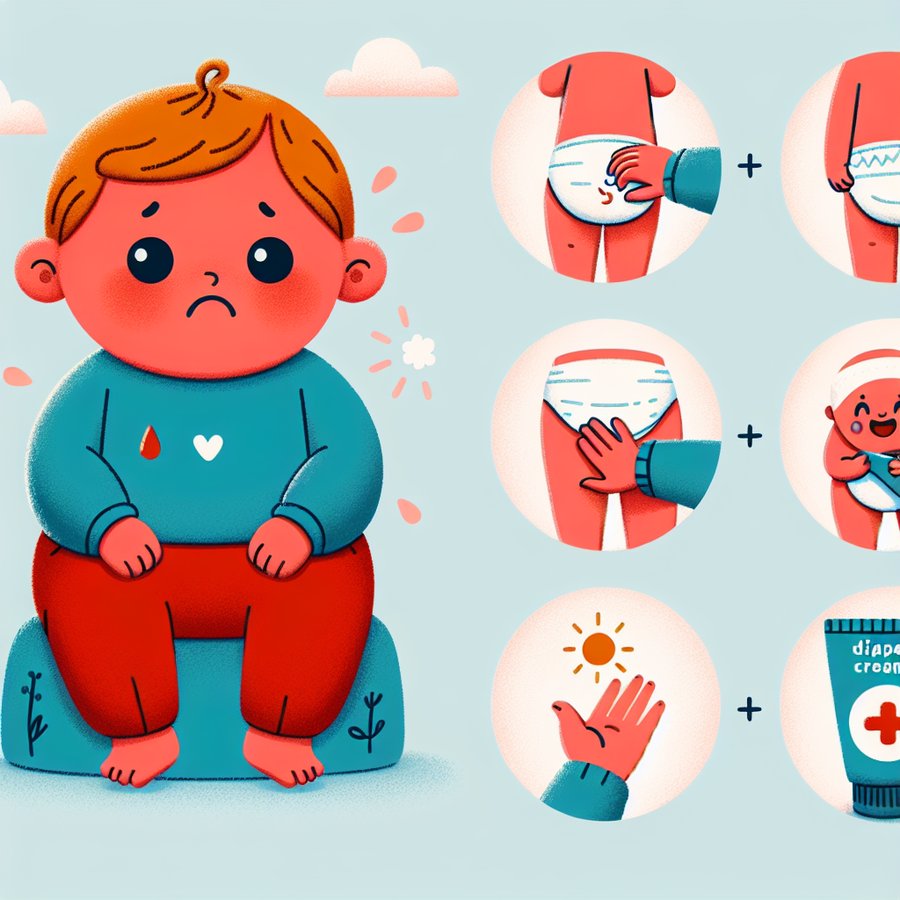Dealing with diaper rashes: Prevention and treatment is an essential aspect of infant care that demands attention and knowledge from caregivers. Diaper rash, a common form of dermatitis that occurs in the diaper area, can cause discomfort and distress for babies, making understanding and addressing this condition crucial for parents.
Understanding Diaper Rash: Causes and Symptoms
Diaper rash is characterized by red, inflamed skin in the diaper area. It can result from prolonged exposure to wet or soiled diapers, sensitive skin, or the introduction of new foods. Recognizing the signs early on is key to effective management and prevention of further irritation.
Common causes include moisture, friction, bacterial or yeast infections, and allergic reactions to diaper material. Symptoms to watch for include red, puffy skin, tenderness, and in more severe cases, blistering or open sores. For an in-depth look at diaper rash causes and symptoms, consider consulting medical resources like the American Academy of Pediatrics.
Dealing with Diaper Rashes: Prevention and Treatment
Preventing diaper rash involves several straightforward steps, starting with changing diapers promptly to keep your baby’s skin dry and clean. Using water-based wipes or a soft cloth with water, avoiding rubbing, and applying a barrier cream can provide additional protection.
Treatment strategies should begin with identifying and removing the irritant. Allow your baby’s skin to air out as much as possible and consider using disposable diapers designed for sensitive skin. For more persistent rashes, consulting a pediatrician is advised. They may recommend a medicated cream or ointment. For further information, visit this external link on diaper rash management.
Home Remedies and Over-the-Counter Solutions
Several home remedies can soothe and heal diaper rash. Exposing the rash to air, using natural oils like coconut oil, and opting for oatmeal baths can reduce inflammation. However, it’s important to avoid remedies that could further irritate the skin, such as those containing harsh chemicals or fragrances.
Over-the-counter options include zinc oxide or petroleum-based creams, which create a protective barrier on the skin. Always patch test a small area first to ensure your baby doesn’t react negatively to the product. For more severe cases, your pediatrician may prescribe a stronger medication.
Integrating preventive practices into your daily routine significantly reduces the risk of diaper rash. Understanding the condition, swiftly addressing symptoms, and applying gentle treatments can help keep your baby comfortable and rash-free. For related topics on infant care, explore our articles on Safe Sleep Practices, Choosing the Right Pediatrician, and Preventing Head Injuries.













